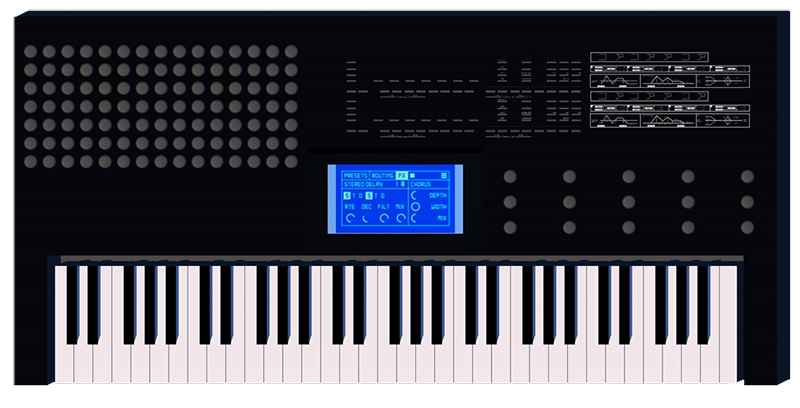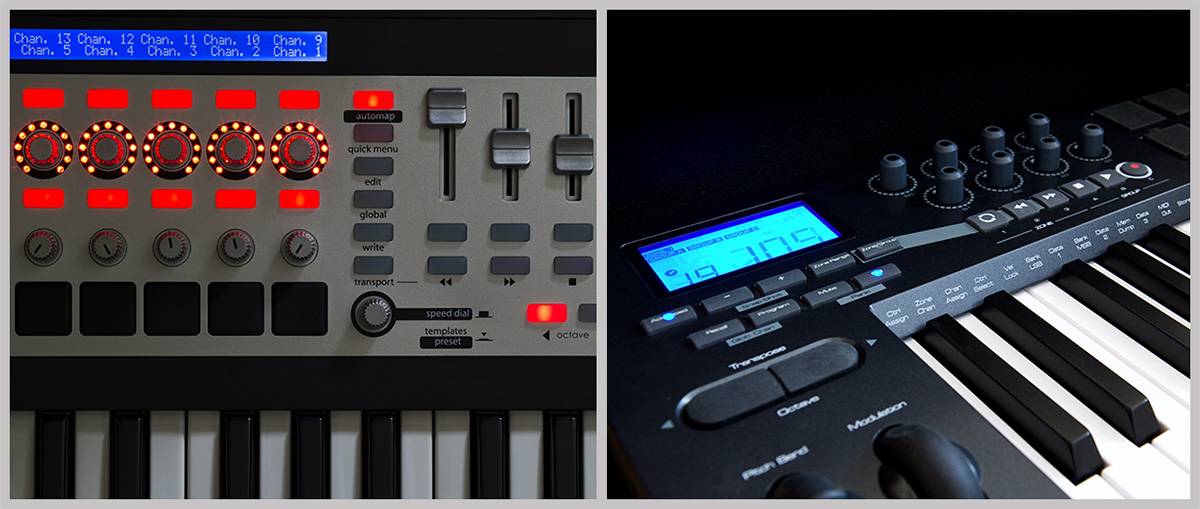The evolution of music making has gone through many transitions, none more so than the introduction of LCD displays in musical equipment.
In May 1983, the Yamaha Music Company brought to market the legendary DX7 synthesizer keyboard. This was a major milestone in music production, as it was the first musical instrument that used an STN LCD display (16 character, 2 lines) and allowed users to create and name ‘patches’ which could be stored on the instrument. This was revolutionary as before this point, a ‘patch’ could be created but would be lost when the power was turned off.

In 1984, the first commercially available LCD displays were being produced, and very quickly, many portable devices were taking advantage of these higher quality displays. Character LCDs were everywhere during this time. Roland’s MC series of micro-composers, AKAI’s hardware sampling units and Yamaha's increasing range of synthesizers were among the top end of musical instruments, all utilising the character LCD.

Cost and long-life reliability were paramount for the music industry and musicians were used to long studio hours and many days of touring the world. It was common knowledge among musicians that the backlight of these displays would burn out long before the piece of equipment was retired.
The 1990s brought more innovation and displays started to increase in size, although cost was tied very closely to the manufacturing process. To avoid using higher cost graphical COG (chip on glass) LCDs, manufacturers kept to a familiar format of using character LCDs and text driven menus.
As graphic COG use increased, many more engineers favoured these displays, and the look and usability changed the evolution of guitar effects units. Wider viewing angles and increased sharpness helped to cement graphic COG displays as the bench mark and musicians preferred the intuitiveness of these more modern units.
Bringing this into 2023, Winstar have developed OLED COG displays that do not need the backlight that LCDs employ. Increased contrast and viewing angles when using OLED have drastically increased the readability and aesthetics of the displays contained in rackmounts and floorboards. OLEDS are also capable of an extended lifetime with sleeker design, allowing for a longer lasting cleaner design.

Display size suggestion: 2.4", 2.8" or according to customer needs.








